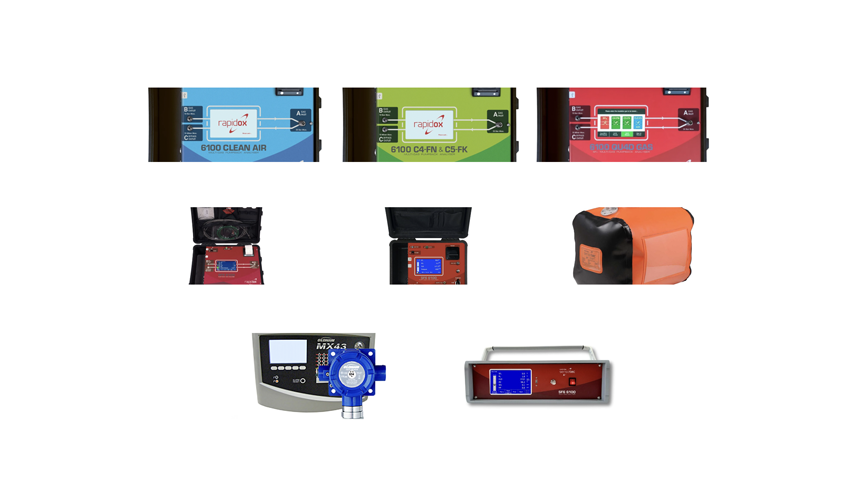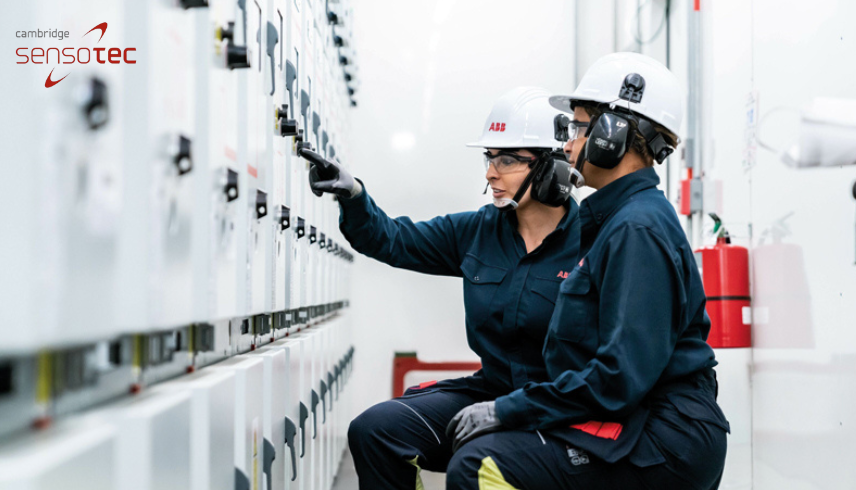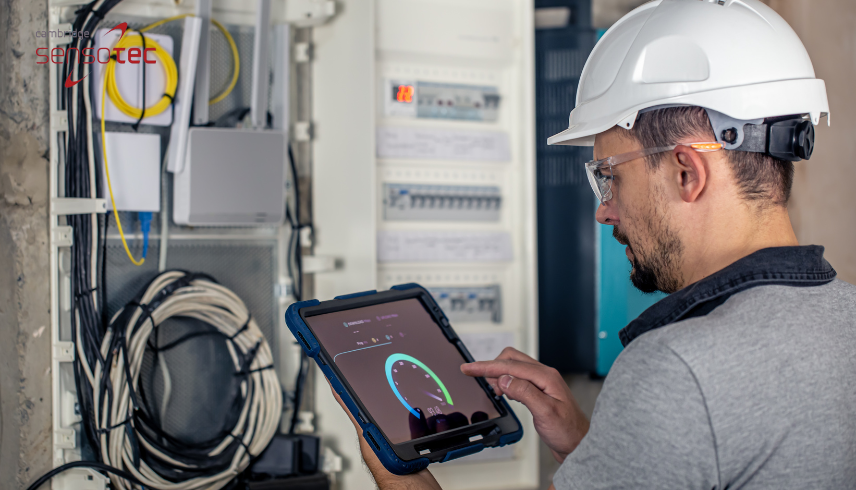

Digital Switchgear: Transforming the Future of Electrical Infrastructure
As the world moves towards more sustainable and efficient energy systems, the concept of digital switchgear is revolutionising the electrical infrastructure landscape. Digital switchgear offers advanced monitoring, control, and communication capabilities, enabling more intelligent and responsive energy management. At the heart of this transformation is the integration of digital technologies, which provide enhanced flexibility, safety, and performance compared to traditional systems. In this blog, we will explore how digital switchgear is reshaping the future of electrical infrastructure and the key benefits it offers to industries worldwide.
What is Digital Switchgear?
Digital switchgear refers to an electrical switchgear system that incorporates digital sensors, communication networks, and advanced data analytics to optimise the performance of electrical systems. Unlike traditional switchgear, which relies on analogue measurements and manual operations, digital switchgear leverages real-time data to improve decision-making, reduce downtime, and enhance system reliability.
The integration of digital technologies in switchgear allows for continuous monitoring of key parameters, such as voltage, current, and temperature, while also providing predictive maintenance capabilities to prevent equipment failures. This shift from conventional to digital systems is transforming how industries manage and maintain their electrical infrastructure.
Key Features of Digital Switchgear
1. Real-Time Monitoring and Control
One of the most significant advantages of digital switchgear is its ability to provide real-time monitoring of electrical systems. With embedded sensors and smart devices, digital switchgear continuously tracks electrical parameters, sending real-time data to operators for informed decision-making.
2. Enhanced Communication and Connectivity
Digital switchgear integrates with advanced communication protocols, such as IEC 61850, allowing for seamless communication between devices and systems. This connectivity enables remote monitoring and control, reducing the need for manual intervention and enhancing overall system efficiency.
3. Predictive Maintenance
Traditional switchgear often requires scheduled maintenance, which can be both time-consuming and costly. Digital switchgear, on the other hand, uses advanced data analytics to predict when maintenance is needed, reducing unplanned downtime and extending the lifespan of equipment.
4. Space and Cost Efficiency
Digital switchgear eliminates the need for bulky and expensive copper wiring by using fibre-optic cables and digital communication networks. This results in a more compact design, reducing the footprint of electrical installations and lowering overall costs.
5. Improved Safety
With real-time data and advanced protection features, digital switchgear enhances safety by quickly identifying faults and preventing equipment from operating under dangerous conditions. Automated fault detection and self-diagnosis features reduce the risk of accidents and ensure the safety of both equipment and personnel.
Benefits of Digital Switchgear
1. Increased Operational Efficiency
The ability to monitor and control electrical systems in real-time improves operational efficiency by allowing operators to optimise system performance, reduce energy consumption, and minimise downtime. By providing instant access to critical data, digital switchgear empowers industries to make faster, more informed decisions.
2. Reduced Maintenance Costs
One of the key advantages of digital switchgear is the reduction in maintenance costs. By using predictive maintenance techniques, industries can avoid costly equipment failures and minimise the frequency of manual inspections. This proactive approach ensures that potential issues are addressed before they escalate into major problems.
3. Greater Flexibility and Scalability
Digital switchgear systems are highly flexible and scalable, making them suitable for a wide range of applications. Whether used in large industrial facilities or small commercial installations, digital switchgear can be easily customised and expanded to meet the needs of evolving electrical infrastructures.
4. Sustainability and Energy Efficiency
As industries focus on sustainability, digital switchgear plays a crucial role in reducing energy consumption and improving overall efficiency. By monitoring power usage and identifying areas for optimisation, digital switchgear helps industries reduce their carbon footprint and achieve their sustainability goals.
5. Enhanced Data Analytics and Insights
The integration of digital technologies in switchgear systems provides valuable data analytics and insights. These insights allow operators to better understand the performance of their electrical systems, identify inefficiencies, and make data-driven decisions to improve long-term performance.
Applications of Digital Switchgear
1. Industrial and Manufacturing Facilities
Digital switchgear is increasingly being adopted in industrial and manufacturing facilities, where operational efficiency and safety are critical. Real-time monitoring allows facility managers to optimise energy usage, reduce downtime, and enhance the safety of workers and equipment.
2. Renewable Energy Integration
As the demand for renewable energy grows, digital switchgear is playing a pivotal role in integrating wind, solar, and other renewable sources into the grid. By providing advanced monitoring and control capabilities, digital switchgear ensures that renewable energy systems operate reliably and efficiently.
3. Power Utilities and Grid Operators
Power utilities are leveraging digital switchgear to enhance grid stability and improve load management. The ability to remotely monitor and control substations and transformers helps grid operators maintain a stable and reliable power supply.
4. Data Centers and Critical Infrastructure
Data centres and other critical infrastructure rely on digital switchgear to ensure uninterrupted power supply and system reliability. The predictive maintenance and fault detection capabilities of digital switchgear help prevent power outages and protect sensitive equipment from damage.
How Cambridge Sensotec Supports the Digital Switchgear Revolution
At Cambridge Sensotec, we provide advanced gas analysis and monitoring solutions that complement digital switchgear systems. Our Rapidox gas analysers are designed to monitor insulating gases such as SF6, which is used in high-voltage switchgear. By providing accurate, real-time gas measurements, our solutions help ensure the safety, efficiency, and reliability of digital switchgear systems.
Key Features of Cambridge Sensotec’s Gas Analysis Solutions:
- High Precision: Accurate monitoring of insulating gas levels ensures that digital switchgear operates efficiently and safely.
- Real-Time Data: Continuous monitoring allows for immediate detection of any issues related to gas insulation, enabling prompt action.
- User-Friendly Interface: Our analysers feature intuitive controls and clear data displays, making them easy to operate in both industrial and commercial settings.
Conclusion
Digital switchgear is transforming the future of electrical infrastructure by providing enhanced monitoring, control, and safety features. With real-time data, predictive maintenance, and improved communication capabilities, digital switchgear offers a smarter and more efficient way to manage electrical systems. As industries continue to adopt digital technologies, Cambridge Sensotec’s advanced gas analysis solutions play a crucial role in supporting the safe and efficient operation of digital switchgear.
Visit our website or contact us to learn more about how our gas analysis solutions can help you optimise your digital switchgear systems and ensure safe and efficient operations.


